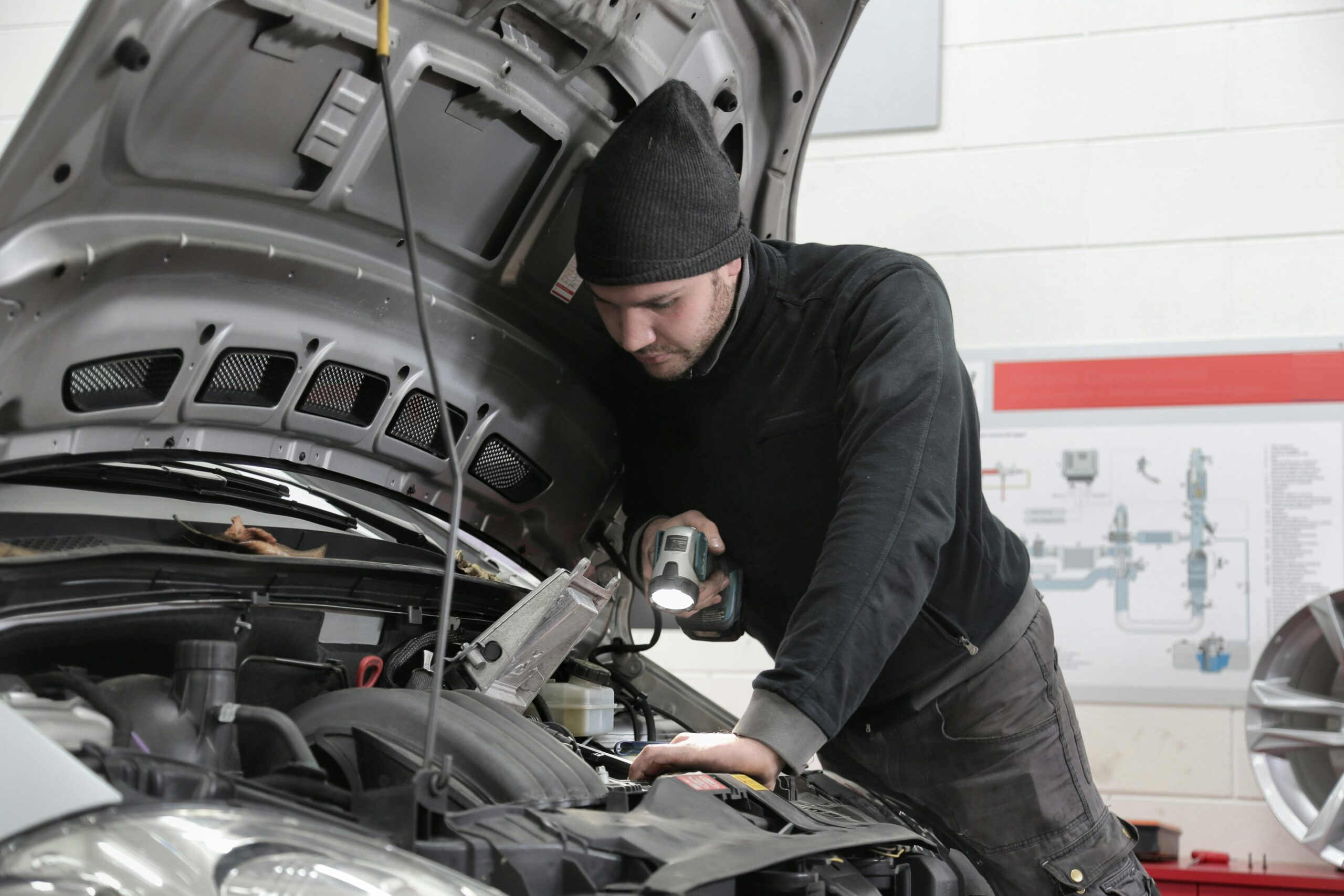Introduction
A clogged Diesel Particulate Filter (DPF) can silently compromise your vehicle’s performance, resulting in limp mode, increased fuel consumption, and higher emissions. The good news? You don’t always need to remove the entire filter to fix it. Thanks to innovative products like BAC101 and smart driving practices, many drivers can safely clear blockages while the DPF remains installed. In this guide, we’ll walk you through the most effective in-situ methods from regeneration drives to chemical cleaners so you can restore your DPF’s function without costly or invasive removal.
1. Regeneration Drives: Your First Line of Defence
Often, the simplest solution is the most effective. Passive regeneration happens naturally when you drive at sustained speeds, typically on motorways or dual carriageways, heating the exhaust enough to burn off soot. In the UK, experts recommend 30–50 minutes at speeds above 40 mph or 50–70 mph to effectively regenerate the DPF. Another UK-based tip advises maintaining a steady 2,000 RPM in a higher gear for approximately 30 miles to trigger regeneration DPF Cleanse.
If natural regeneration fails, active regeneration triggered by the ECU or via a garage using a scan tool forces the exhaust to reach temperature and burn off the soot manually.
2. In‑Situ Chemical Cleaning: Spray-in Solutions
When regeneration drives aren’t enough, chemical cleaners applied without removal offer a powerful next step. Products like BAC101 deliver a “full spectrum” cleaning, dissolving soot, carbon, oil, and ash through a sensor port, meaning you don’t have to disconnect the DPF.
Here’s how it generally works:
-
Remove a sensor (e.g., temperature or pressure) near the DPF inlet.
-
Insert the nozzle or feed tube and apply the cleaner, allowing it to soak.
-
Replace the sensor, then take the vehicle on a long, steady drive to burn off all loosened matter.
These cleaners are ideal for early to moderate blockages, avoiding the hassle and cost of physically removing the filter.
3. Combining Tricks: Regeneration + Cleaning
Combine spray-in cleaners with regeneration drives for best results. After applying the cleaner, a steady motorway run can help it push dislodged soot out effectively. Some DIYers even report creative hacks, like slightly constricting a pressure sensor hose to trick the ECU into initiating regen, though such methods are experiential and not officially recommended.
4. Know When to Call the Pros
If the DPF light stays on, performance remains poor, or the blockage is severe (e.g., heavy ash accumulation), non-removal methods may fall short. For such cases, professional cleaning, including ultrasonic, flash, or thermal methods, is more effective. These treatments, while requiring filter removal, restore near‑factory performance.
When to step up:
-
Persistent warning lights
-
Repeated failed regen attempts
-
Signs of ash buildup (not soot)
-
Filter damage or already in limp mode
Costs in the UK generally range from £100–£400 for cleaning, and up to £1,000–£3,000 for replacement.
5. Prevention: Keep the DPF Healthy
Preventing blockages is easier than cleaning them. Here’s how to keep your DPF in good order:
-
Regular longer drives at sustained motorway speeds weekly is ideal for UK drivers.
-
Use low‑ash oils and quality diesel, preventing ash buildup and supporting smoother regeneration cycles.
-
Heed early warning signs: dashboard lights, increased consumption, sluggish acceleration, and act quickly.
-
Incorporate periodic in-situ cleaning, especially if your driving involves many short or stop-start trips.
6. Step‑by‑Step Workflow
1. Diagnose – Look out for warning lights, poor acceleration, or high fuel usage.
2. Regenerate – Begin with a 30–50 minute highway drive to attempt passive regeneration.
3. Spray-In Cleaner – If still blocked, use a product like BAC101 via the senthe sor port and follow with a regeneration run.
4. Monitor – Evaluate if lights have gone out and performance improves.
5. Professional Help – If the DPF remains blocked, consult a specialist for removal and deep cleaning or replacement.
Conclusion
You don’t have to rip out your DPF to unblock it. A blend of smart driving and modern in-situ cleaning methods can restore function safely and conveniently. For early-stage blockages, regeneration drives and chemical cleaners like BAC101 offer effective, cost-efficient solutions. But if warnings persist, don’t delay in consulting professionals for a deep clean or replacement. With a preventative maintenance mindset, regular long drives, suitable fuel and oil, and timely cleaning, you can keep your DPF healthy, your emissions low, and your pocket happy.











